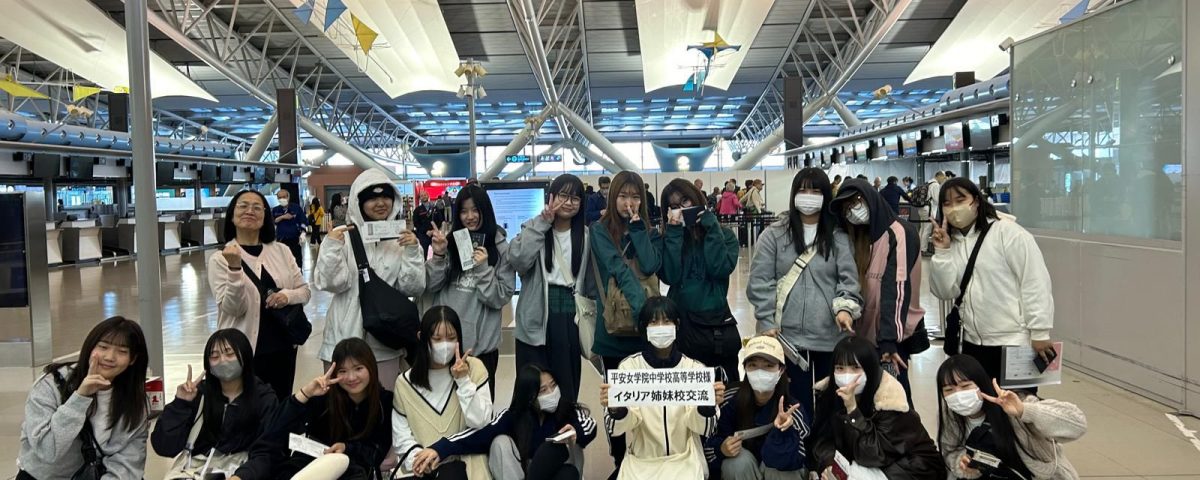From Japan for education
From Japan for education

Vincenzo Villani
SEVENTEEN JAPANESE HIGH SCHOOLS IN ITALY: AN EDUCATIONAL JOURNEY TO DISCOVER THE ITALIAN PEDAGOGICAL TECHNIQUES FOR CHILDREN
Italy, with its dynamic and innovative approach, is confirmed as a reference point in the field of childhood education, able to attract students from all over the world and stimulate new scenarios for international collaboration.
In a unique and culturally enriching initiative, 17 students of the Sant’Agnese junior & senior High school in Kyoto decided to undertake a trip to Italy, with a clear goal: Learn and deepen the Italian educational techniques aimed at children from 0 to 6 years.
On Tuesday, after meeting with the mayor of Bagolino, Claudia Caré and two school directors of Vestone and Salò, Paolo Ferretti and Glauco Morettini, the Japanese students visited the schools in Bagolino, Idro and Anfo, where they taught the children how to make cute origami and enchanted all those present with songs and elegant choreographies with colorful fans.
It was then the turn of the schools of Vestone, Gavardo and Salò, state and equal.
This cultural exchange aims to promote a wider knowledge of the Italian pedagogical methods, widely recognized internationally for their holistic and innovative approach in early childhood education.
The initiative, which was born from afar, thanks to the long-standing friendship between the then vicar of the Institute of Bagolino, prof. Gian Mario Moreni and Azura Saito who teaches music at Sant’Agnese in Kyoto, is an opportunity for these young students, Explore a different educational system, characterized by pedagogical practices that focus on the child’s well-being, emotional growth and creativity.
Japan, with a long tradition of education and excellent educational structures, intends to integrate in its method some of the most dynamic and affective aspects that characterize the Italian educational model.
In Italy, the education of children between 0 and 6 years old is considered fundamental not only for their intellectual development but also for their emotional and social development. The Japanese students had the opportunity to see firsthand how, in Italy, the environment and the relationship with educators are essential elements in the educational process. The environment is designed to be welcoming, stimulating and able to promote a sense of belonging. Italian educators also see their role as that of “facilitators” of the growth path, rather than authoritarian figures.
At the end of the trip, young Japanese students will return to their home country with new ideas, techniques and approaches that could inspire new educational projects or the integration of innovative aspects into traditional Japanese methods.
On Saturday the girls will return home, but between 22 and 29 December another delegation from the same institute, this time made up of test skiers, will be a guest at Maniva and it seems to be planned that a delegation of teachers and students will travel to Kyoto. This exchange will represent an educational opportunity not only for our students, but also for Italian educators, who can thus have a broader view on how early childhood education is conceived in other countries.
This project represents a bridge between two cultures that are far apart but share the same vision: the well-being and harmonious growth of children. Japanese students will be able to bring home a wealth of new knowledge, which will help create, perhaps a future generation of educators able to build an education that is increasingly inclusive and focused on the real needs of the smallest.




